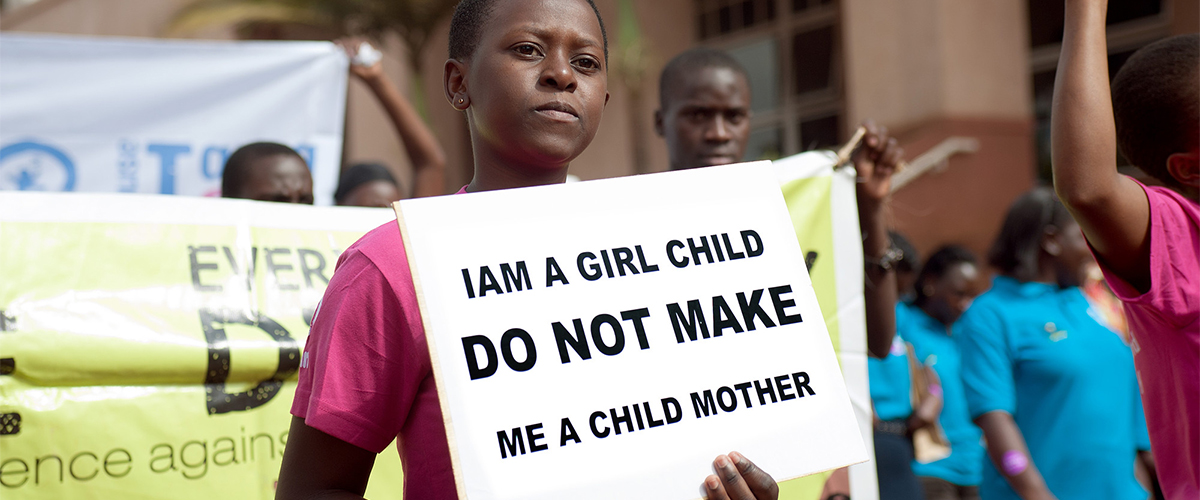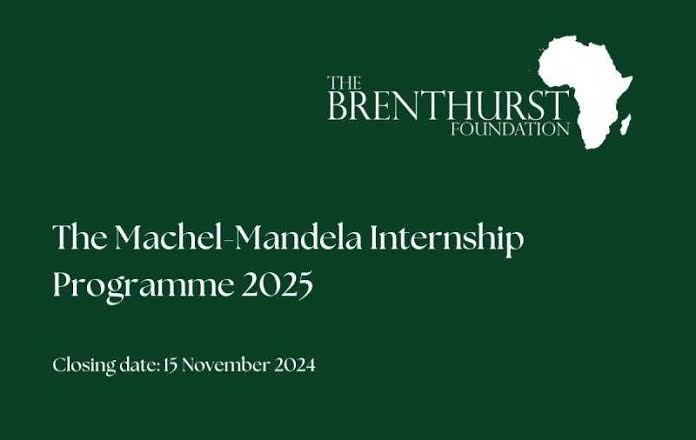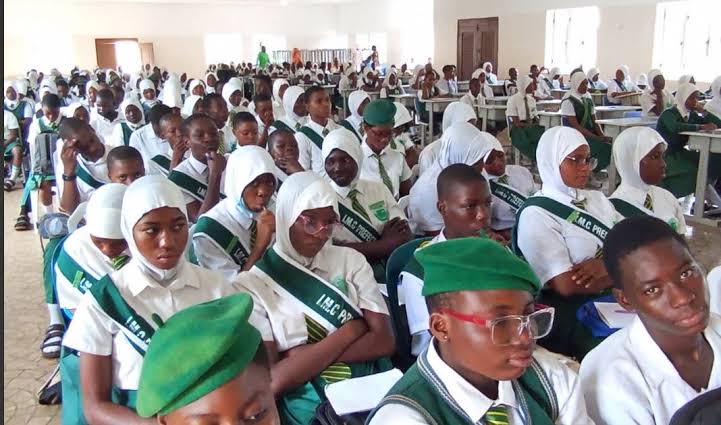As we celebrate women across cultures and nations and champion the cause for the progress of women globally, it is important to address issues that continue threaten the lives of the African girl child, one of which is Child Marriage. Many of our girls have lost their life dreams to the horrors of child marriage, a horrendous violation of their human rights and a menace which endangers girls’health and well-being. Marriage is often followed by pregnancy, even if a girl is not yet physically or mentally prepared.
In developing countries like Nigeria and other parts of Sub-saharan Africa, nine out of 10 births to adolescent girls occur within a marriage or a union. In these countries, complications from pregnancy and childbirth are among the leading causes of death among adolescent girls aged 15 to 19 and sexually transmitted infections, including HIV.
When these girls marry, they are often forced to drop out of school so they can assume household responsibilities – a denial of their right to education. Girls who leave school have worse health and economic outcomes than those who stay in school, and eventually their children fare worse as well.
According to the United Nations Population Fund, “despite near-universal commitments to end child marriage, approximately one in four girls in the developing world is married before age 18. This is an average of tens of thousands of girls every single day”.
Though new reports from United Nations International Children Education Fund (UNICEF) assert that there has been a reduction of 25 million fewer marriages since the last decade, with the total number of girls married in childhood is now estimated at 12 million per year, more than 150 million additional girls stands the risk of being married before their 18th birthday by 2030.
Poverty, a major drive
Child marriage is the toxic product of poverty and gender inequality. Many poor parents believe that marrying their daughters off will secure their daughters’ future by ensuring that another family will be responsible for their care. Some mistakenly believe marriage will protect their daughters from sexual violence, but the reality is these girls are just further placed in the den of greater harm and this should not be!
Coupled with increasing campaigns against child marriage globally, we have a unique opportunity to speed up our efforts to help change the lives of girls and young women all over the world. But this requires a joint effort of every person, across all sectors and at all levels. It requires us to understand the complex drivers behind the practice in different contexts and adapt our interventions accordingly. While we thrust the bulk of these tasks to the government and international organisations, here are five ways you can put an end to the menace of child marriage in your locality:
Set an example
Today the world celebrates young Bangladesh teenager, Sharmin Akter who at age 15, courageously resisted her mother’s attempts to marry her off and secured rights to continue her education, setting an example for teenage girls across South Asia facing similar challenges. By being an agent of change yourself, you can become a mentor to young ones and support young people to be agents of change.
Support youths to stand for change
Supporting young people can be an effective and empowering process. Many organisations work with young people so they can advocate for change as well as helping to inform the design of programmes that directly benefit their peers. You can also use every medium within your reach. The social media for instance is a powerful tool to air your views against child marriage.
Empower girls
You can work directly with girls in your locality to give them the opportunity to acquire skills and knowledge, understand and exercise their rights and develop support networks. By supporting or actively participating in empowerment programs for girls, you are ultimately helping them to forge their own pathway in life and encouraging them to become agents of change.
Mobilize families and communities
Many families and communities see child marriage as a deeply rooted practice which has been part of their culture for generations. For change to happen, the values and norms which support the practice of child marriage need to shift. Working with families and the wider community to raise awareness of the harmful consequences of child marriage can change attitudes and reduce the acceptance among those who make the decision to marry girls as children.
Report cases of girl’s right violation and domestic violence
Be a voice for these girls and young women, be sensitive to their needs and report cases of maltreatment and all forms of violence to relevant authorities.









